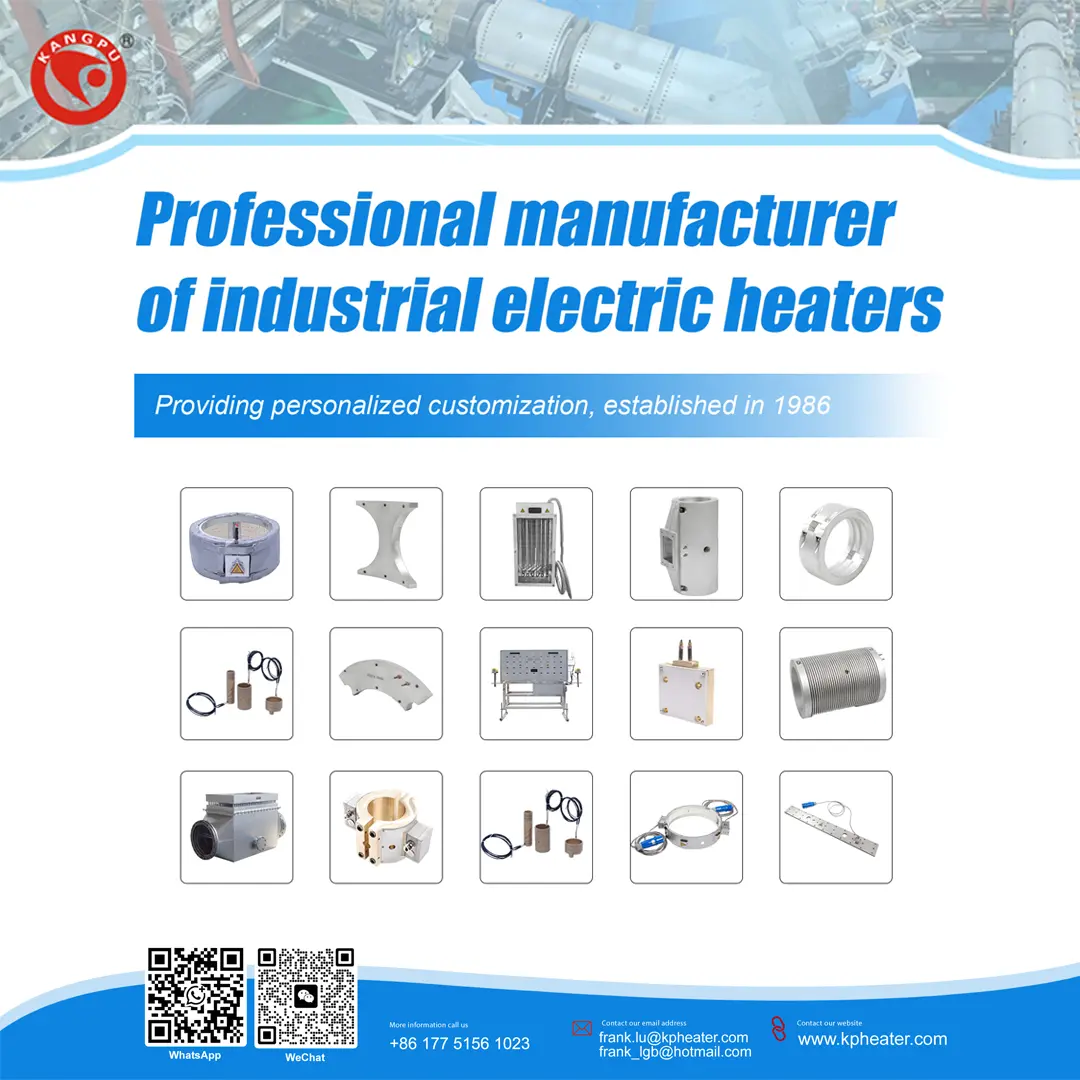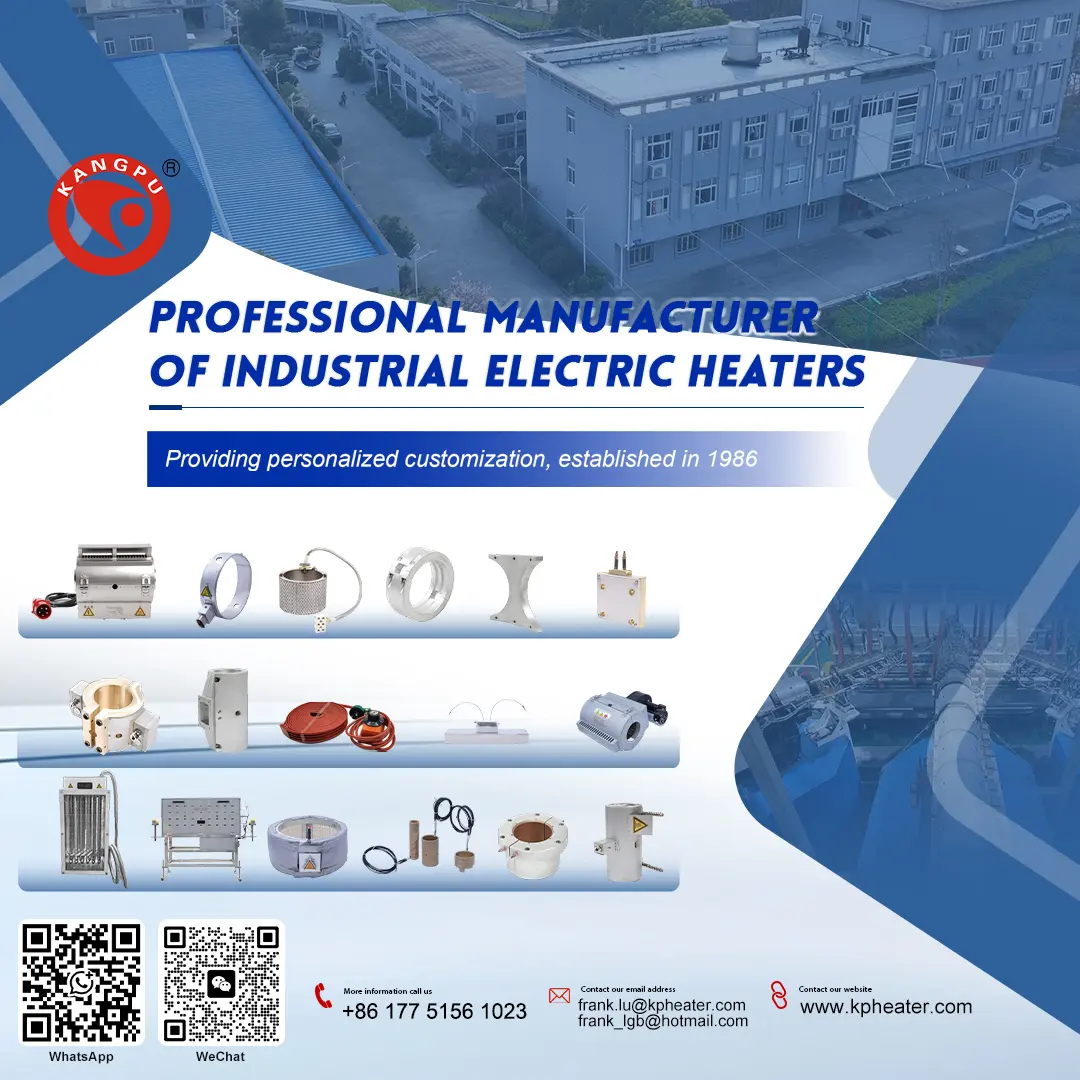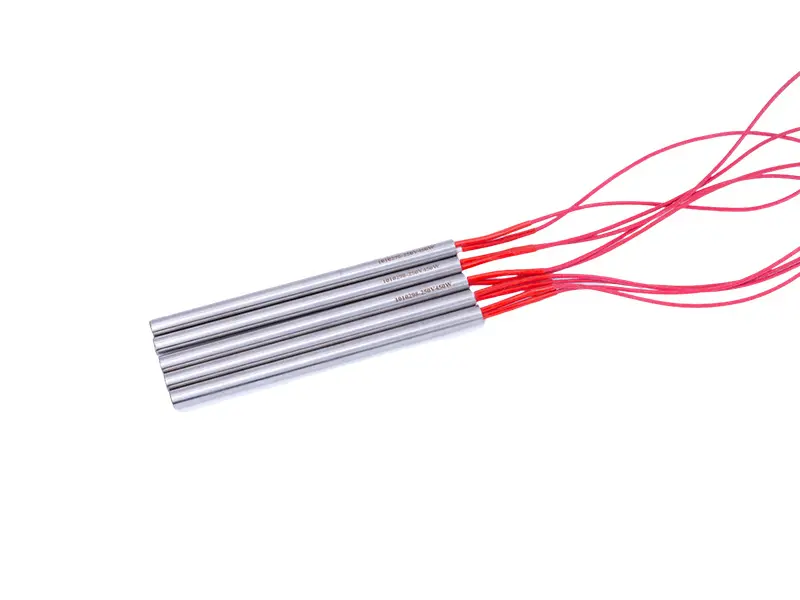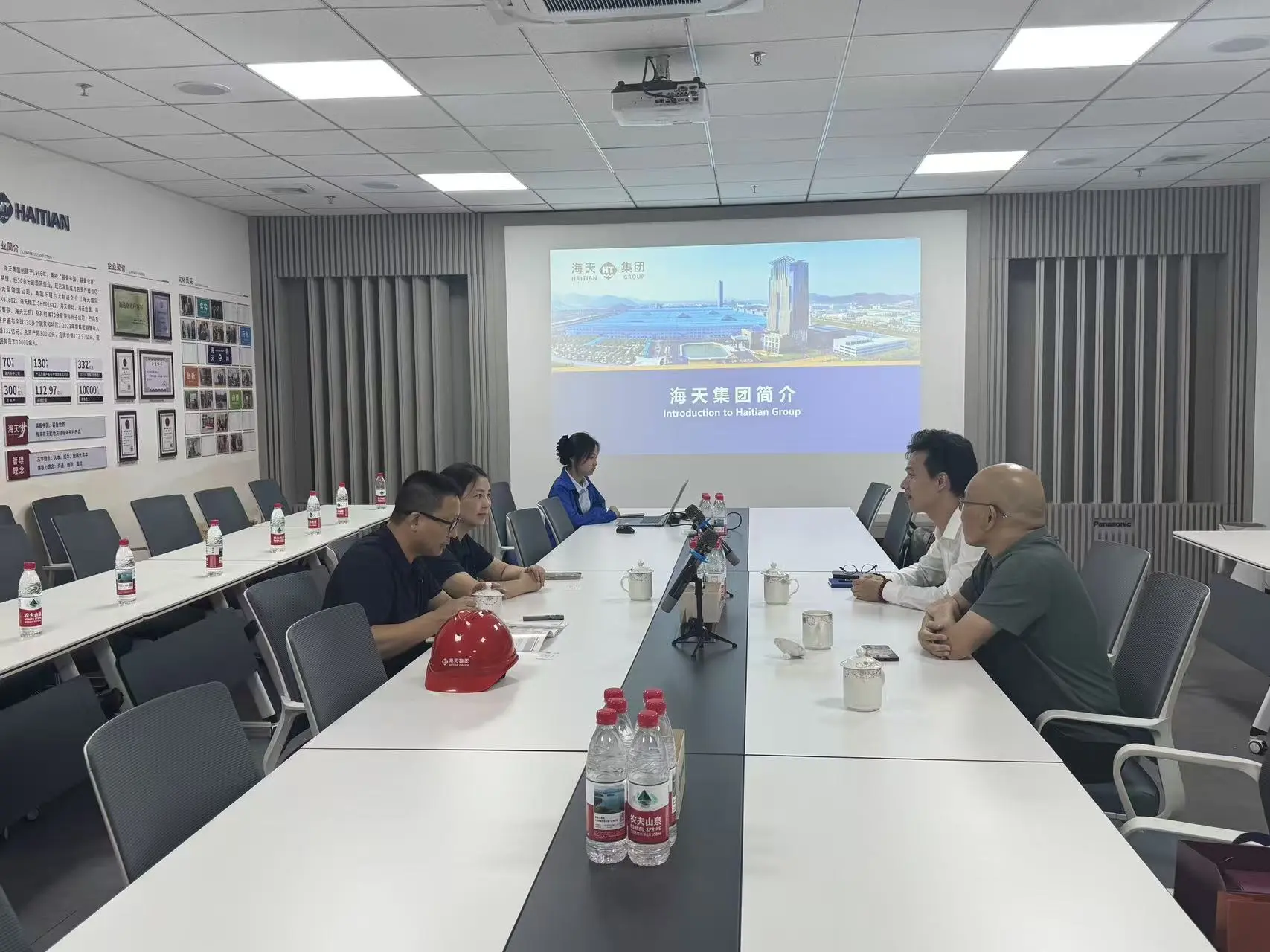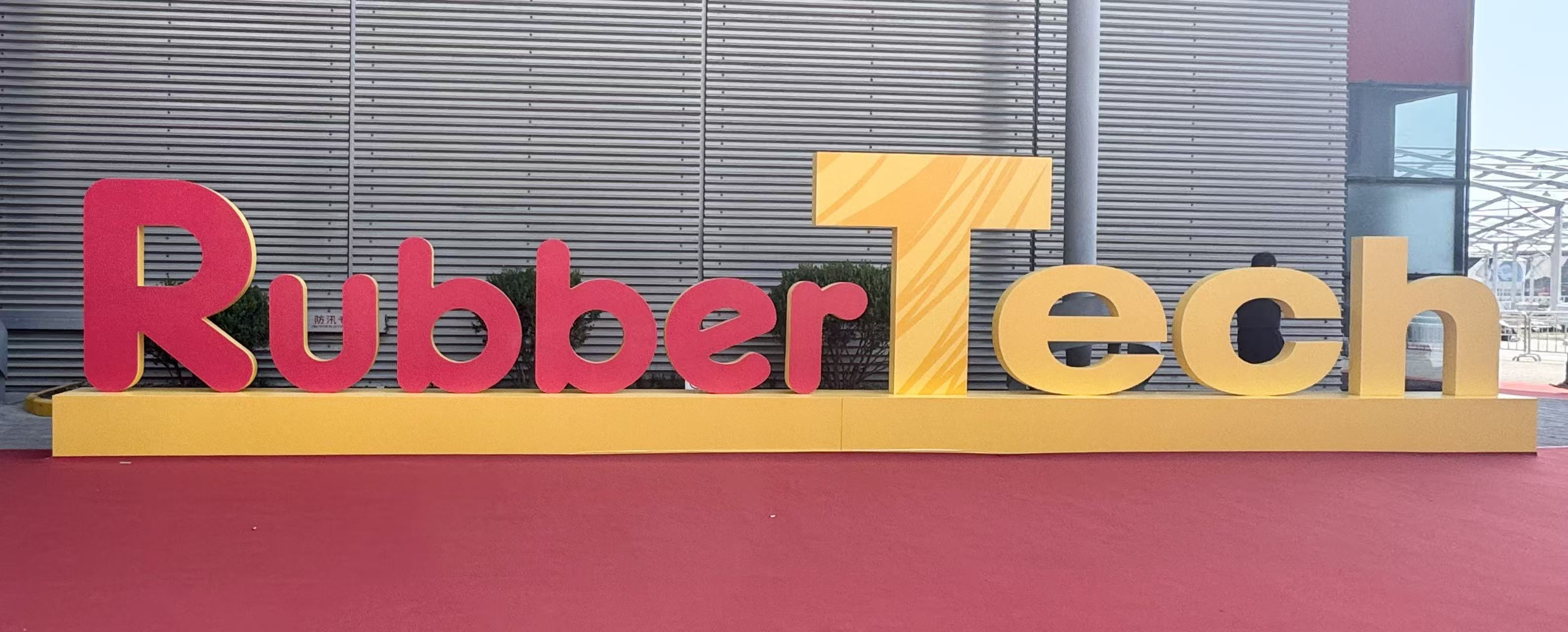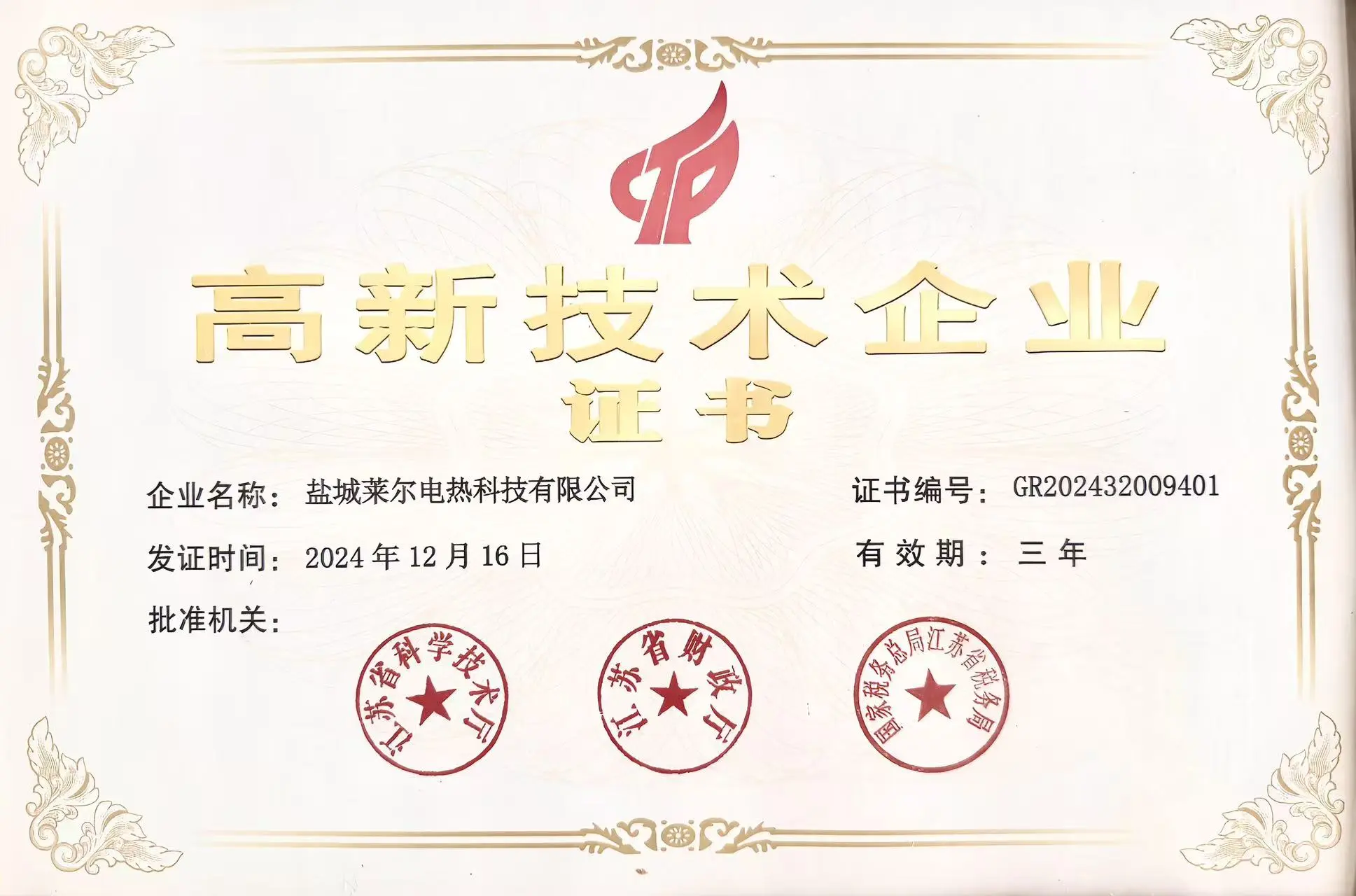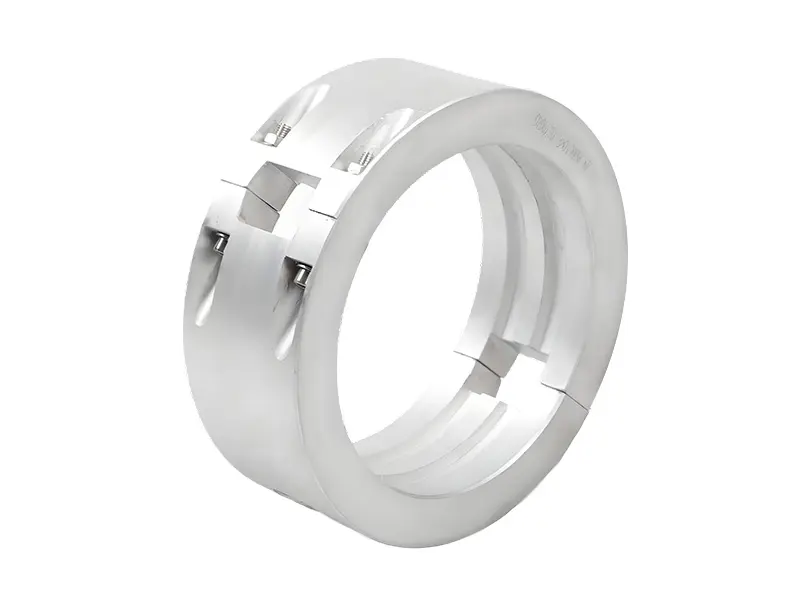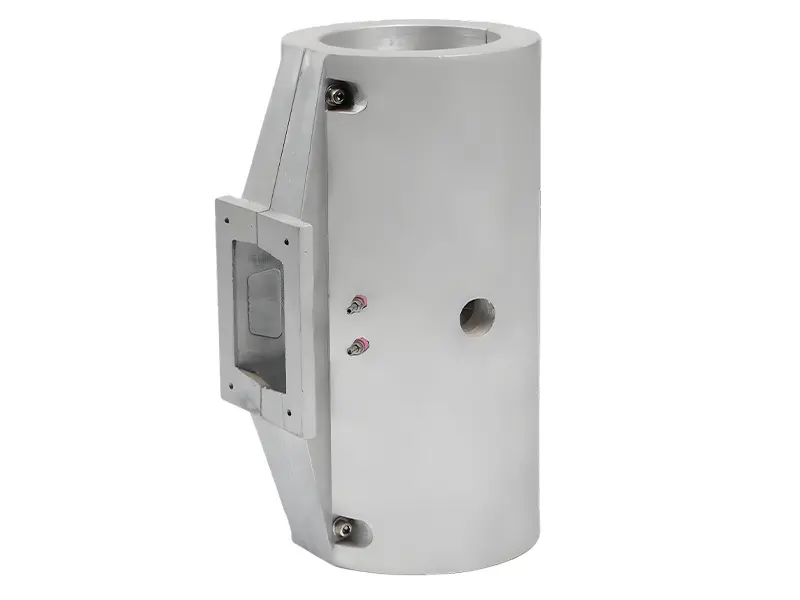Discover Cast Aluminum Heaters: Principles, Features & Uses
The working principle of Cast Aluminum Heater
Cast aluminum heatersare made by embedding electric heating tubes (such as metal tubular electric Heating Elements) into aluminum materials as the heat source, and then closely bonding the aluminum and the electric heating tubes through die-casting or casting processes. When in operation, the electric heating tube generates heat after being powered on. The heat is rapidly conducted and diffused through the closely contacting aluminum substrate, thereby achieving uniform heating of the heated object or environment.
The Features of Cast Aluminum Heaters
1. Uniform heating: Aluminum has excellent thermal conductivity. Its tightly combined structure enables heat to be transferred quickly and evenly, reducing local overheating.
2. High efficiency: It has low heat conduction loss and can convert most of the electrical energy into thermal energy and utilize it effectively.
3. Solid structure: The cast aluminum process makes the heater have high overall strength, good vibration resistance and a long service life.
4. Easy installation: It can usually be designed in various shapes (such as plate-shaped, cylindrical, etc.) to adapt to different installation scenarios, and is convenient for fixation and use.
5. Temperature controllable: It can be equipped with temperature control components to achieve precise adjustment of the heating temperature.
The application industries of Cast Aluminum Heaters
1. Plastic industry: It is used for heating the barrels and molds of plastic extruders, injection molding machines and other equipment to ensure uniform melting of plastic raw materials.
2. Packaging industry: It is applied in the sealing parts, heating rollers and other components of packaging machines to achieve heat sealing and other treatments of packaging materials.
3. Food industry: Some food processing equipment (such as the heating components of dryers and sterilization equipment) will be used to meet the heating requirements of food production (which must comply with food hygiene standards).
4. Machinery manufacturing industry: It is used for local heating of machine tools and equipment, preheating of components, etc., such as preheating molds to ensure processing accuracy.
5. Medical industry: It is applied in the constant temperature heating devices of some medical equipment, such as constant temperature culture equipment in laboratories, etc.

